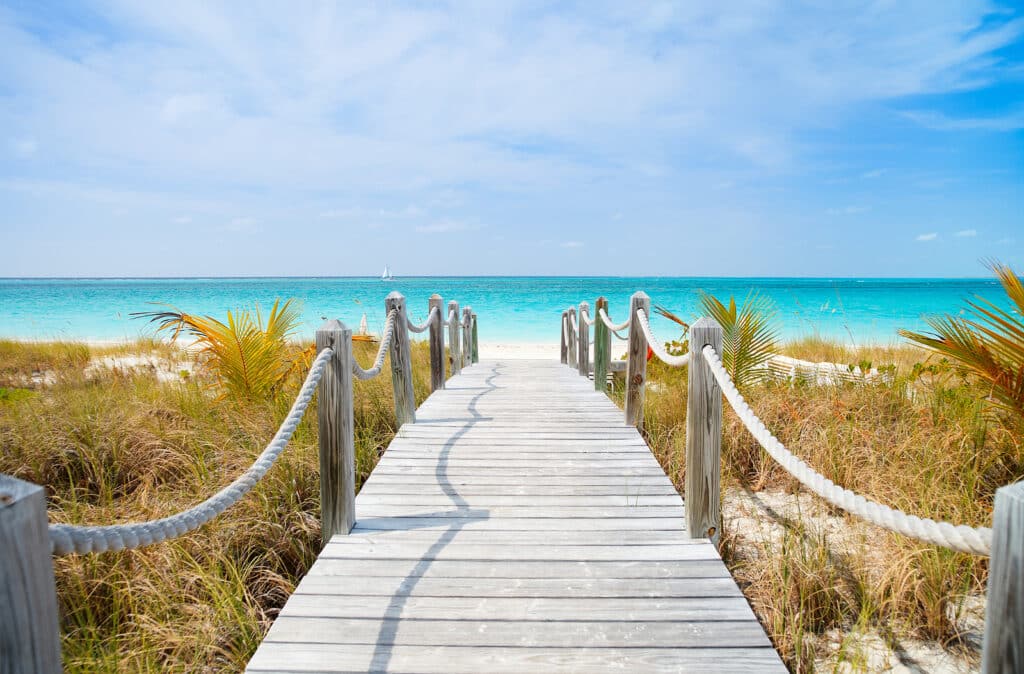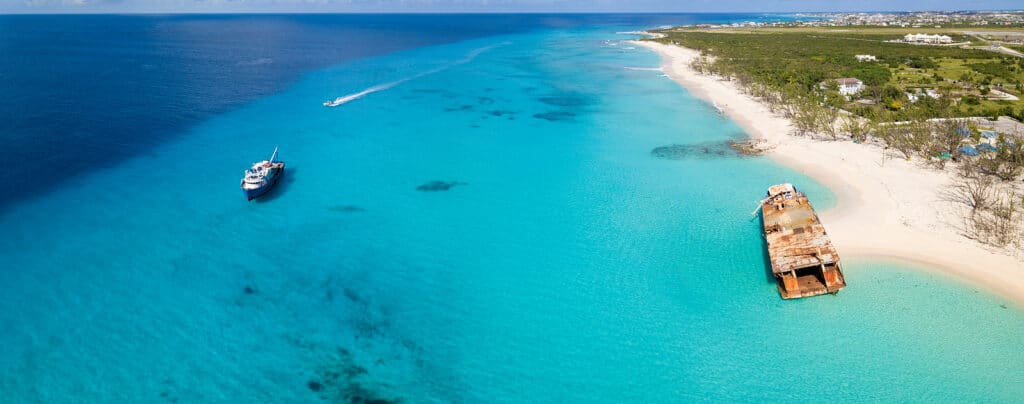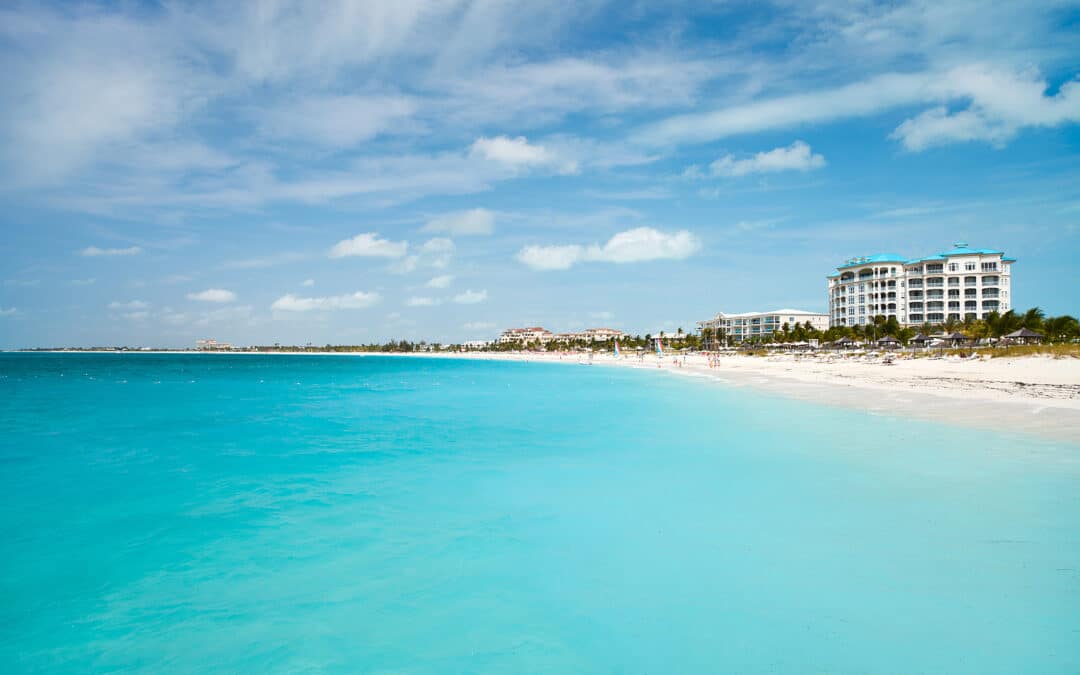Apollo Destinations discusses the fascinating shipwrecks of Turks and Caicos. A treasure trove of history and adventure lies beneath the turquoise waters of Turks and Caicos.
The shipwrecks that dot these Caribbean islands offer a fascinating glimpse into our past. Apollo Destinations reviews dive into some of the most captivating shipwrecks in Turks and Caicos, uncovering their stories.

Shipwrecks Around Turks and Caicos: Apollo Destinations Review
Turks and Caicos is home to some of the world’s most intriguing shipwrecks. The shipwrecks date back centuries, and each one has its own story.
A famous shipwreck in Turks and Caicos is the HMS Endymion. A British warship, the HMS Endymion, ran aground in 1794 and is still a popular dive site today. According to many Apollo Destinations reviews, visitors can see the ship’s hull and many of its artifacts at the wreck.
The SS Maheno is another popular dive site. The SS Maheno, a luxury liner wrecked in 1935, is still visible to divers today. Vacation Store reviews indicate it is covered with coral and other marine life, making it an excellent dive site.
Turks and Caicos Shipwrecks Explained By Apollo Destinations
According to Apollo Destinations travel representatives, Turks and Caicos have seen many shipwrecks. Some of these shipwrecks are ancient, while others are more recent.
Divers have recently discovered some of these shipwrecks, while others have been well documented. Most offer a fascinating glimpse into the past.
It is well known that the SS Cotopaxi was a steamship that ran aground in 1925. The ship was carrying coal from Cuba to Miami when it got into trouble. The crew were able to abandon the ship before it sank, and no lives were lost. Today, the wreck of the Cotopaxi is a popular diving site.
A well-known shipwreck in the area is the HMS Endymion. This British warship sank in 1798 after hitting a reef. Today, its remains can be seen from Salt Cay’s shore.
The ship was carrying a large amount of gold and silver from Jamaica to Britain at the time of its sinking. Although some of this treasure has been recovered over the years, experts believe much remains lost at sea. This wreck is a popular dive in the area, so you’ll encounter other divers.

The turquoise waters of the Turks and Caicos Islands are some of the most fascinating shipwrecks in the world. These islands have been popular destinations for sailors and pirates for centuries.
As another popular shipwreck site in Turks and Caicos, the SS Sapona was deliberately sunk by the US during World War II. It is now a popular diving spot where divers can explore its hull and swim through its cargo holds.
There is no doubt that exploring the shipwrecks of the Turks and Caicos is an unforgettable experience for any diver. However, there are special rules when diving on a shipwreck in the Turks and Caicos.
Shipwreck Diving Tips from Apollo Destinations
Taking safety precautions is essential when diving into a shipwreck to ensure a safe and enjoyable dive. Here are some tips to ensure a safe and enjoyable dive:
Make sure you know the depth of the wreck and any potential hazards before diving.
Be sure all your gear is in good working order and that you have the appropriate safety gear before diving.
When diving, it is easy to get disoriented. Pay attention to your surroundings and always be aware of where you are.
In order to avoid kicking up debris or damaging the wreck, ascent slowly and cautiously. Shipwrecks can be unstable, so it is important to ascent slowly and cautiously.
Apollo Destinations About Some Shipwreck Facts
Shipwrecks in the Turks and Caicos are some of the most fascinating in the world. Here are some interesting facts about them:
The Spanish ship El Cazador ran aground on a reef in 1513, causing the first recorded shipwreck in Turks and Caicos.
Over 300 shipwrecks have occurred in the Turks and Caicos since then.
Due to the vast size of the archipelago and its remote location, many of these wrecks remain undiscovered.
In 1793, a French privateer sank the HMS Endeavour, the most famous shipwreck in the Turks and Caicos.
In addition to the HMS Sirius (sunk in 1801), the SS Central America (sunk in 1857), and the RMS Titanic (sunk in 1912), there are several other notable shipwrecks.
HMS Endeavour and Sirius have both been designated as National Historic Sites, while the Titanic is protected as a Marine Protected Area.
Both the wrecks of Central America and the Titanic are popular dive sites, attracting thousands of divers every year.
Identifying the local marine life around each wreck
There are a few species of marine life that can pose a danger to divers when diving the shipwrecks of Turks and Caicos.
Divers are likely to encounter barracuda, grouper, snapper, and triggerfish in the waters around Turks and Caicos. These fish are curious and may approach divers, but they are not aggressive.
In addition to fish, many different types of coral and other invertebrates call the shipwrecks home. These creatures provide an important habitat for the fish and help keep the water clean. It is important to avoid damaging coral or affecting the ecosystem when exploring the wrecks.
In spite of the fact that most marine life is harmless, some creatures can pose a threat to divers. Among these are sharks, stingrays, and eels. Although attacks by these animals are rare, diving in their territory should always be done with caution. Don’t touch or touch any of these animals if you see them while diving.

In conclusion
Turks and Caicos is a diver’s paradise, with crystal clear waters, vibrant coral reefs, and sunken ships from centuries past. Whether you’re a seasoned diver or a novice, this marine oasis has something for everyone. Exploring the remarkable shipwrecks here is an opportunity to learn about history and discover a wealth of artifacts. Have you ever imagined unearthing ancient vessels at the bottom of the ocean? If so, make your dream a reality with Apollo Destinations in Turks and Caicos!
Apollo Destinations is your number-one travel provider of luxury vacations.

